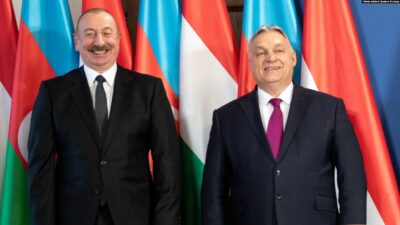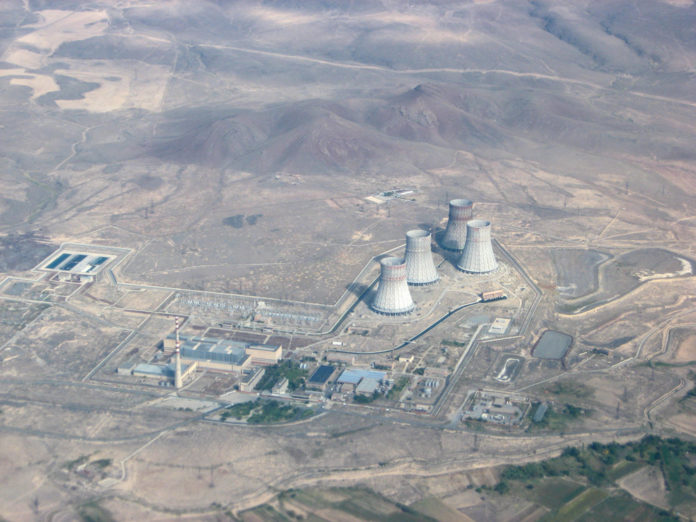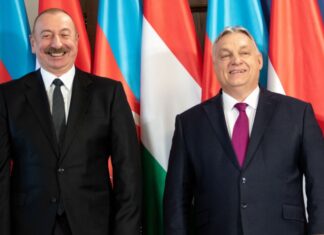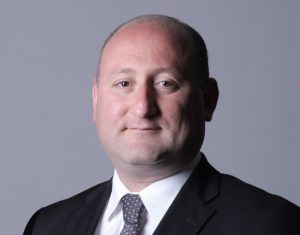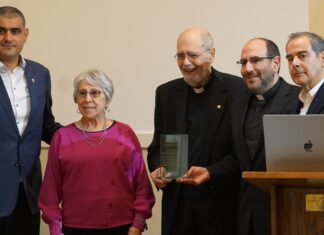YEREVAN (Nuclear Engineering International Magazine) — Among the options for a new NPP in Armenia, the project for a Russian unit of 1,000-1,200 MWe is the best developed, according to Karen Sargsyan, Advisor at the Ministry of Territorial Administration & Infrastructure (MTAI). He was speaking at a panel discussion on the prospects for nuclear energy in Armenia organized by Rosatom and the Ministry. Sargsyan recalled that at the beginning of this year, a pre-feasibility study (preliminary feasibility study) was prepared for Armenia for the construction of a plant with a VVER-1200 reactor. Armenia and Russia signed an interstate agreement to build a 1,000-1,200 MWe plant and in May, Armenian Prime Minister Nikol Pashinyan and Rosatom Director General Alexey Likhachev held talks in Yerevan on the possible construction of a new NPP.
They were discussing a new modification of this type of station — a generation 3+ design with four levels of protection against emergencies and accidents, he specified. There is very little time to make a decision, he noted, because the construction of the station will take at least 10 years, and a lot of work needs to be done meanwhile to further extend the life of the existing station. The first stage of the extension made it possible to extend the life of the NPP from 2016 to 2026. Another 10-year extension until 2036 is now being considered.
The currently operating Armenian NPP (ANPP) at Metsamor was built in the 1970s with two Soviet-supplied VVER-440-V230 units, but was closed following a devastating earthquake in 1988. However, unit 2 was recommissioned with Russian help in 1995 following severe energy shortages. In March 2014, the Armenian government decided to extend the plant’s service life to 2026. Most of the overhaul (until 2019) was funded by an interstate loan from Russia. Construction of a new nuclear plant has long been part of Armenia’s overall plan, although finance has proved to be an obstacle. Likhachev confirmed Rosatom’s continued support for co-operation and extension of the operating life of the NPP was viewed as a priority.
Before the start of any construction, significant design work will be needed. “I think that a decision may be made in the near future. Moreover, the pre-feasibility study is already ready from the Russian side, I have not seen anything from other parties yet,” Sargsyan said. However, other projects are being considered in parallel. A working group has been set up under the Ministry, which is discussing the advantages and disadvantages of French, South Korean, American and other possible technologies, he specified.
ANPP Director Movses Vardanyan said Armenia should begin considering the construction of a new power plant today. “In this regard Armenia is a specific country and has several demands,” he said. “First of all, the issues related to safety and seismic resistance are important to us, we also consider financial and logistic issues and many other aspects. As you know, in February 2023 our partners at the Rosatom Energy Projects submitted the preliminary technical-economic substantiation of building two 1200 MW reactors in Armenia. They take into consideration all our demands and issues, and we already have that project on hand. We are also working with our South Korean partners who have offered 1,000 and 1,400 MWe reactors, as well as small modular reactors (SMRs). We are also studying a French variant as well as American SMRs. I once again emphasize that we will prioritize safety, financial expediency and logistics.”
MTAI has set up a working group “for the purpose of discussing the matters related to the expediency of deploying small modular reactors, as well as to carry out analyses and define the sequence of further steps in order to select the necessary technologies”. According to Minister Gnel Sanosyan, there is a lot of work to be done: “About two years is needed for preparatory work, from 8 to 10 years for construction.” He added that it is necessary to understand what capacity the new NPP should have, and this must be decided by taking into account many factors – not for a short period, but for the next 100 years.
